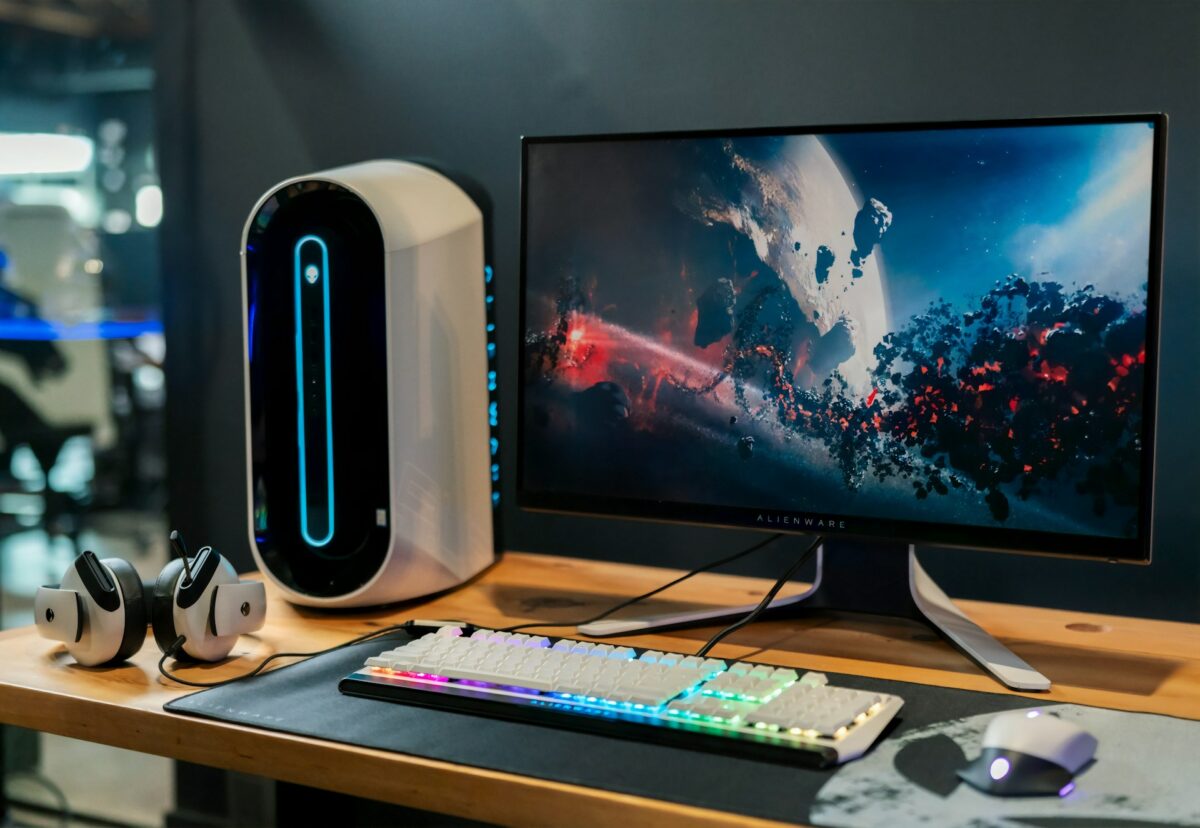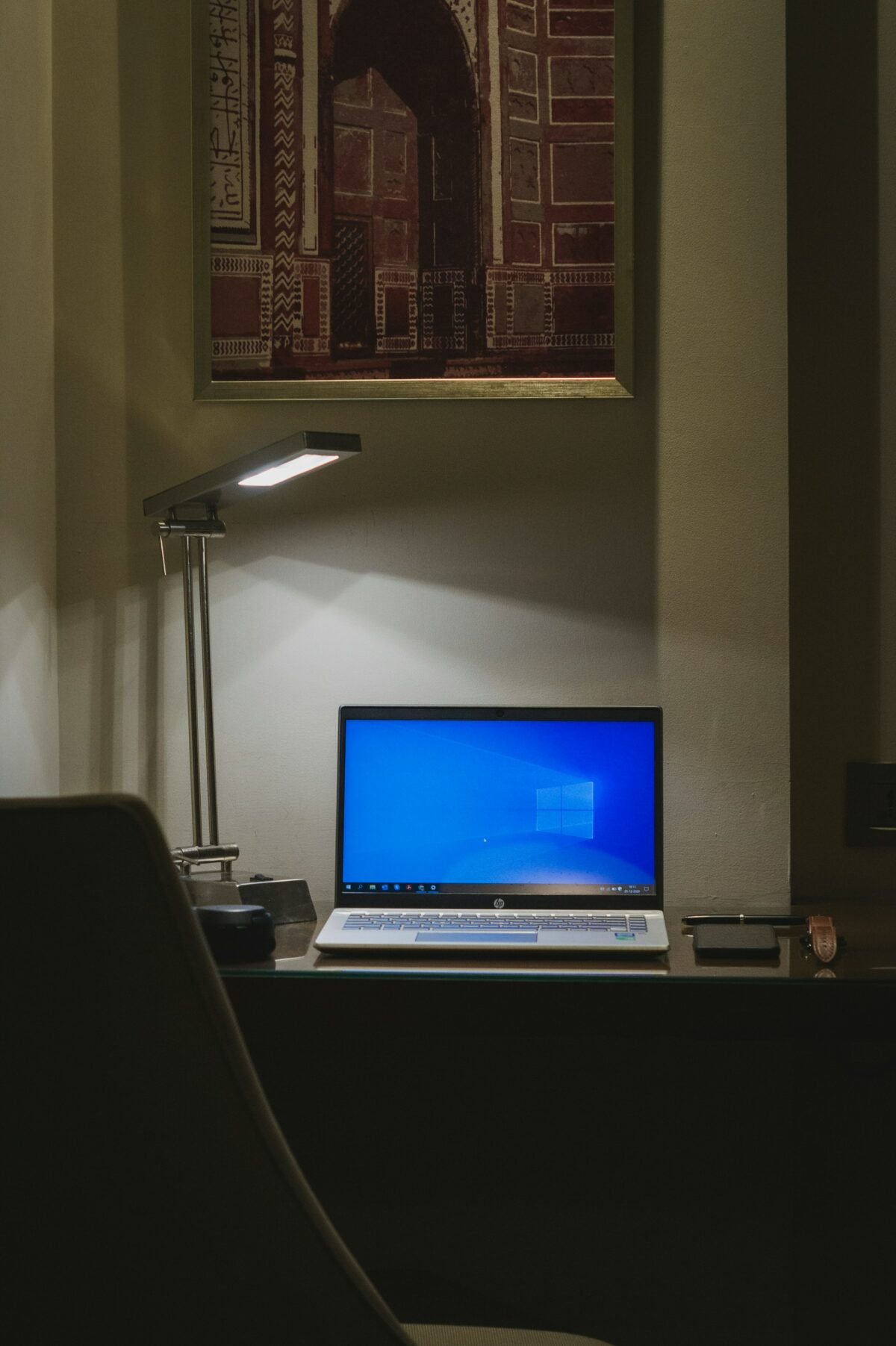How can I partition Windows 10 on a new laptop?
After purchasing a new laptop, partitioning your Windows 10 hard drive helps organize your information and boost speed. Step-by-step instructions for creating a partition:
First, open Disk Management
- Right-click the Start Menu (Windows icon) in the bottom left corner.
- Open the context menu and choose Disk Management.
Second, reduce volume
The Disk Management pane lists your drives. To partition, right-click the disk (typically C:).
Choose Shrink Volume.
It takes time for the system to query the volume for shrink space. You’ll see the complete shrinkable size thereafter.
Set the space to shrink in MB (1 GB = 1024 MB). Click Shrink.
Step 3: Make a Partition
Disk Management shows unallocated space after shrinking.
Right-click the unallocated space and choose New Simple Volume.
Start the New Simple Volume Wizard. Click Next.
Set the volume size in MB (use the default for all unallocated space) and click Next.
Set a drive letter (e.g., D:) and click Next.
Format the partition using NTFS (preferred) and name the volume (“Data”). Click Next.
Check your options and click Finish.
Step 4: Enter Your New Partition
After the operation, File Explorer should see the new partition under “This PC” with the drive letter.
Additional Tips:
Due to the tiny chance of data loss, back up vital data before dividing.
To save space, perform Disk Cleanup before downsizing.
Use Third-Party Software: EaseUS Partition Master and MiniTool Partition Wizard provide sophisticated partitioning options.
These instructions make it easy to build a fresh Windows 10 laptop partition. Please ask for help if needed!


